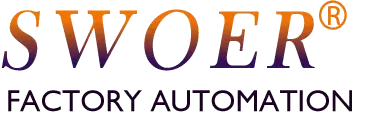The core functions of an assembly machine are to replace or assist human labor in product assembly with superior consistency, efficiency, and reliability.
- Automated Feeding and Handling
- Description: Automatically retrieves components from bulk storage and transports them to the precise assembly location using feeders, robots, or conveyors.
- Function: Enables continuous flow and reduces manual handling.
- Precise Positioning and Alignment
- Description: Uses fixtures, guides, vision systems, or sensors to ensure each part is in the exact required position and orientation for assembly.
- Function: Forms the foundation for high-precision assembly, ensuring correct part mating.
- Performing Assembly Operations
This is the core execution function, which may include:
- Press-Fitting: Pressing bearings, pins into housings.
- Fastening/Screwdriving: Driving screws and nuts to a specified torque.
- Riveting: Performing press, orbital, or blind riveting.
- Inserting: Placing pins, connectors into PCBs or bases.
- Welding: Executing ultrasonic, laser, or thermal welding.
- Dispensing: Applying adhesives, lubricants, or ink marking.
- Placing/Laminating: Attaching labels, films, or covers.
- Quality Inspection and Process Monitoring
- Description: Performs real-time quality checks during or after assembly.
- समारोह:
- Presence Verification: Checks if a component is present.
- Dimensional Gauging: Measures critical post-assembly dimensions.
- Torque Monitoring: Verifies screw fastening torque.
- Vision Inspection: Uses cameras to check appearance, defects, and correctness.
- Leak Testing: Tests the seal integrity of assembled products.
- Data Acquisition and Traceability
- Description: Records production data, such as count, yield, machine status, and test results.
- Function: Enables digital production management and product quality traceability.
- Sorting and Unloading
- Description: Automatically sorts finished products into “Pass” and “Fail” streams based on inspection results.
- Function: Ensures only conforming products proceed to the next stage or packaging.
In summary, an assembly machine is a multi-functional system integrating mechanical, electrical, control, and sensing technologies. Its ultimate function is to establish a stable, efficient, and high-quality automated production process.
